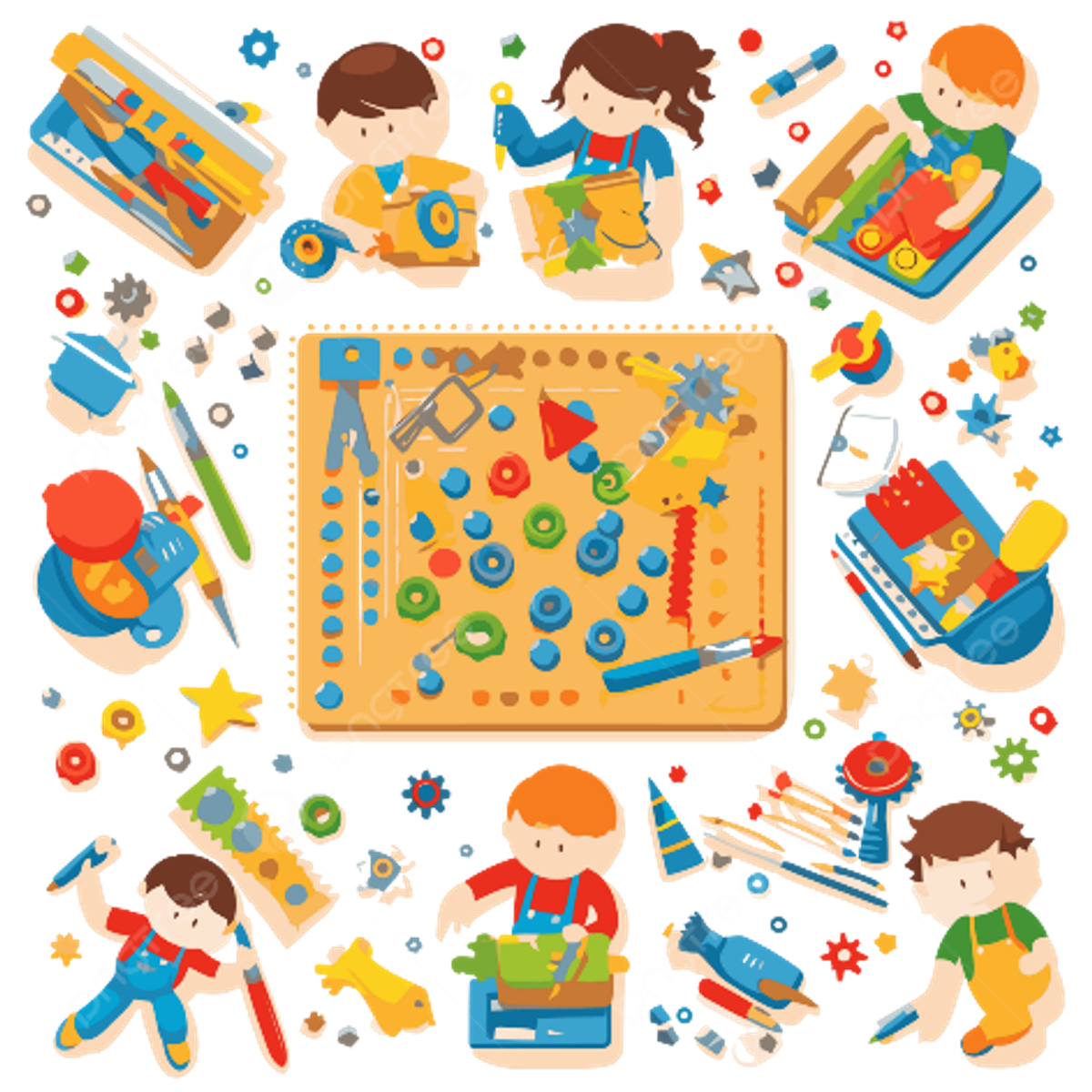Literacy

The Importance of Fine Motor Skills in Early Childhood
Fine motor skills are essential for young children as they begin their journey through school. These skills involve the small muscles in the hands and fingers and play a crucial role in everyday activities such as writing, cutting, buttoning, and even tying shoelaces. Developing strong fine motor skills in early childhood can help children become more confident and independent learners.
Fine motor development is closely linked to cognitive growth and academic success. When children refine these skills, they improve their ability to complete essential tasks that support literacy and numeracy development. Writing, for example, requires precise control over a pencil, while math activities such as counting small objects or sorting require dexterity and coordination.
In the early years, children need opportunities to strengthen their hand muscles and improve coordination. Without well-developed fine motor skills, tasks like holding a pencil correctly, using scissors, or fastening clothing can be challenging. Encouraging the development of these skills at home and in the classroom can make a significant difference in a child’s learning experience.
Here are some fun and engaging activities to help boost fine motor skills:
Playdough Fun: Squishing, rolling, pinching, and shaping playdough helps strengthen little fingers and improve dexterity. Encourage children to use cookie cutters, plastic knives, or rolling pins to enhance their grip and control.
Cutting and Pasting: Using child-safe scissors to cut paper and glue pieces together enhances hand-eye coordination and control. Start with simple straight lines before progressing to more complex shapes.
Beading and Threading: Stringing beads, pasta, or buttons onto a thread or pipe cleaner helps with precision and hand control. Larger beads are ideal for beginners, while smaller beads can help refine advanced skills.
Building with Blocks and LEGO: Manipulating small blocks or LEGO pieces strengthens grip, coordination, and problem-solving abilities. Encourage children to build towers, bridges, or patterns for added creativity.
Drawing and Coloring: Using crayons, markers, or pencils to color and trace shapes builds muscle control and prepares children for writing. Encourage a variety of grips, such as using chalk on pavement or finger painting, to develop different hand muscles.
Using Tweezers or Tongs: Picking up small objects like cotton balls, beads, or dried pasta with tweezers or tongs helps improve finger strength and coordination. You can turn this into a fun game by timing how many objects they can transfer in a minute.
Puzzles and Pegboards: Fitting puzzle pieces into place promotes finger strength, spatial awareness, and problem-solving skills. Pegboards, where children place pegs into holes, are excellent for practicing precision.
Clothespin Games: Pinching and opening clothespins strengthens finger muscles. Encourage children to clip clothespins onto a string or match colours for an added challenge.
Buttoning and Zipping: Encouraging children to button shirts, zip jackets, or fasten snaps enhances everyday functional skills. Practice with dress-up dolls or boards that feature various fasteners.
Sensory Bins: Filling bins with rice, sand, or beans and adding small toys or objects for children to scoop, pour, or pick up encourages fine motor development through tactile exploration.
Parents and caregivers can support their children by incorporating these activities into their daily routine. Encouraging hands-on play and practice helps young learners develop the foundational skills they need for success in school and beyond. Small, consistent efforts can lead to significant progress, and the key is to make these activities enjoyable and engaging.
Let’s work together to give our children a strong start by nurturing their fine motor development in fun and creative ways!


